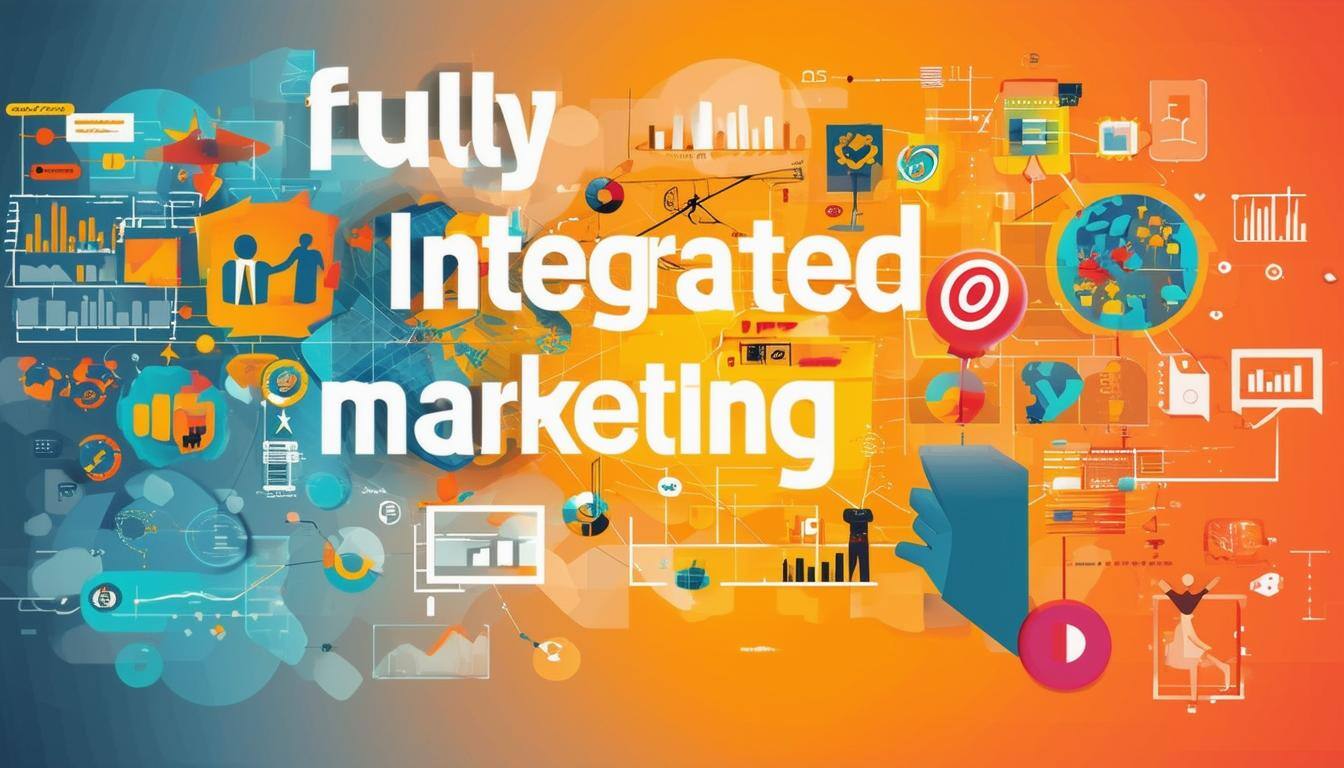
Reading Time: ~20 minutes
What is Inbound Marketing?
Inbound is a marketing methodology that focuses on sharing helpful information with people when they need it, using digital as both a delivery and measurement platform. Inbound marketing is about making, sharing and measuring content with strangers at the right time, to convert these strangers into customers. It's about enabling sales teams by providing quality, qualified sales leads on a consistent basis. This is now more necessary than ever in the current economic climate.
South African markets are driven by consumer engagement and experience, and the uncertain economic climate has cemented the need for measurable and solid ROI from marketing efforts. This has primed South African consumers to be receptive to inbound marketing strategies, making it an exciting prospect for South African companies who are feeling the burn of a more discerning customer base.
How did Inbound come about?
Inbound Marketing began in 2006 when advertising agencies realised that their target market was online, or soon would be. The online space became a platform with endless potential for engaging an audience, and inbound marketing quickly developed around the model of highly targeted, relevant content being consumed by the right people. Suddenly, potential customers were watching the right videos, reading the right articles, and receiving the right emails.
The idea grew quickly, and the need for online tools to run inbound marketing quickly became apparent. Enter HubSpot, founded by Brian Halligan and Dharmesh Shah.


HubSpot is constantly-updated, community-driven software that allows inbound marketers to successfully manage the online presence of their customers, with real-time analytics and data. It is Penquin’s inbound tool of choice.
See how the simple process of analysing your online presence can give you insights into better, inbound-style consumer engagement.
Data and Analytics
Inbound marketing produces measurable results and data-driven recommendations. Through constant analysis, a good inbound marketer should be able to advise their consumers on what content is working, who they’re talking to, and the success of their marketing campaigns.
It differs from the traditional method of advertising, which puts adverts out into the world with less exact metrics to measuring the success of their efforts. Inbound marketing tracks every marketing activity and campaign to measure ROI, and make recommendations based on combined data.
The HubSpot State of Inbound 2015, a report gained from research of 4000 marketers around the globe highlighted the following insights:
- Inbound is the norm rather than the exception, as 3 out of 4 marketers across the globe prioritize an inbound approach to marketing
- Companies are 3x more likely to see higher ROI on inbound marketing campaigns than on outbound campaigns
- 84% of small businesses are predominantly using inbound marketing
- Inbound is the preferred marketing strategy regardless of company type, meaning B2B, B2C, and non-profits are all adopting and implementing inbound tactics
- Lead generation and conversion are the biggest challenge for marketers, proving the value to be gained from the convergence of marketing and sales
- Manual data entry is the #1 issue for salespeople when trying to use their CRM systems. Using Inbound marketing software allows for more efficiency between marketers and sales
- Salespeople cite prospecting as their #1 challenge in the sales process. The benefit of using HubSpot is in its digital prospecting feature which allows you to prequalify leads and cover more ground
This infographic from HubSpot gives a great overview of the evolution of inbound marketing and shows the change in consumer engagement and marketing response.
A SHORT, LONG, HISTORY OF MARKETING






SUBMIT YOUR COMMENT